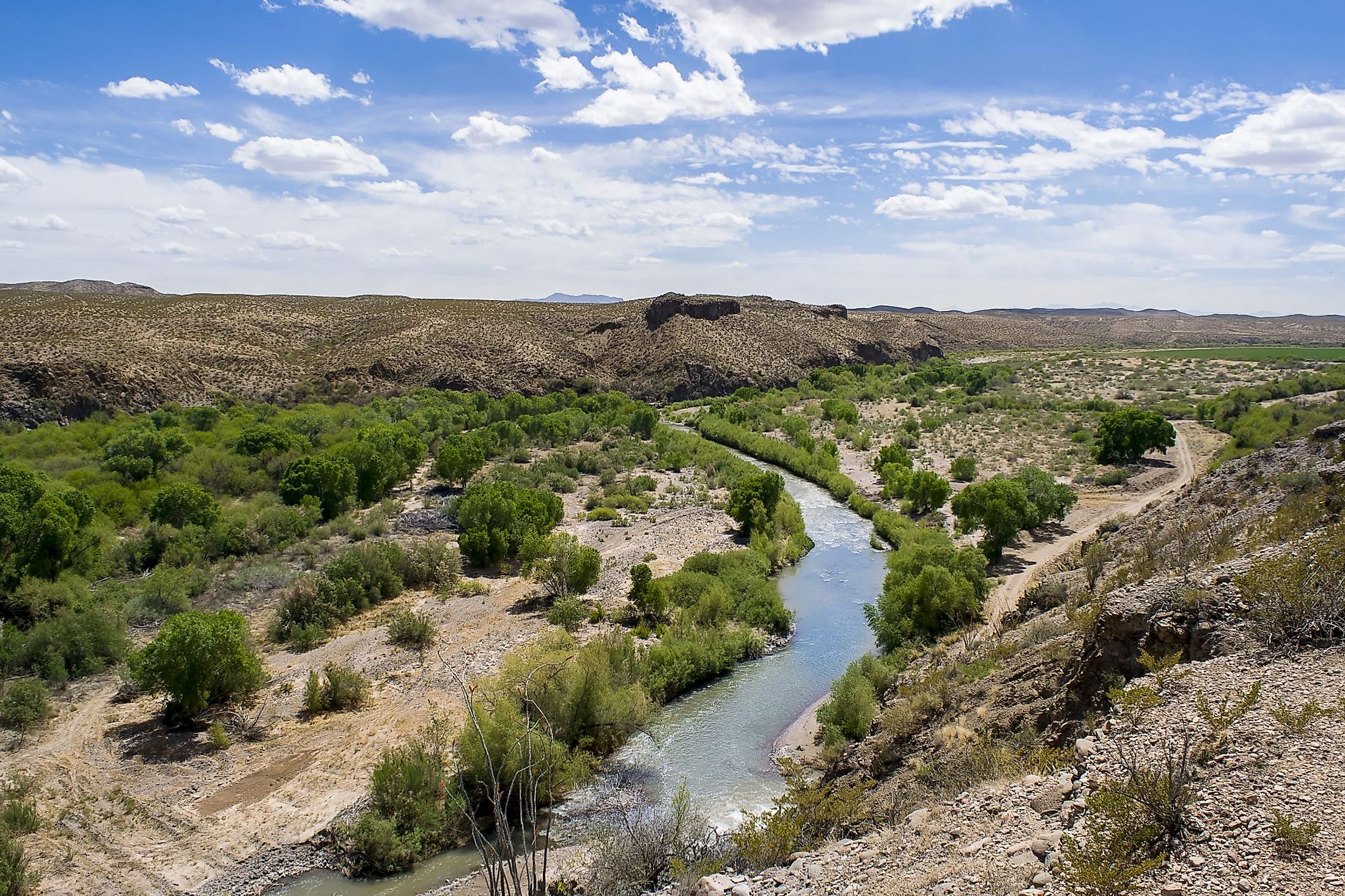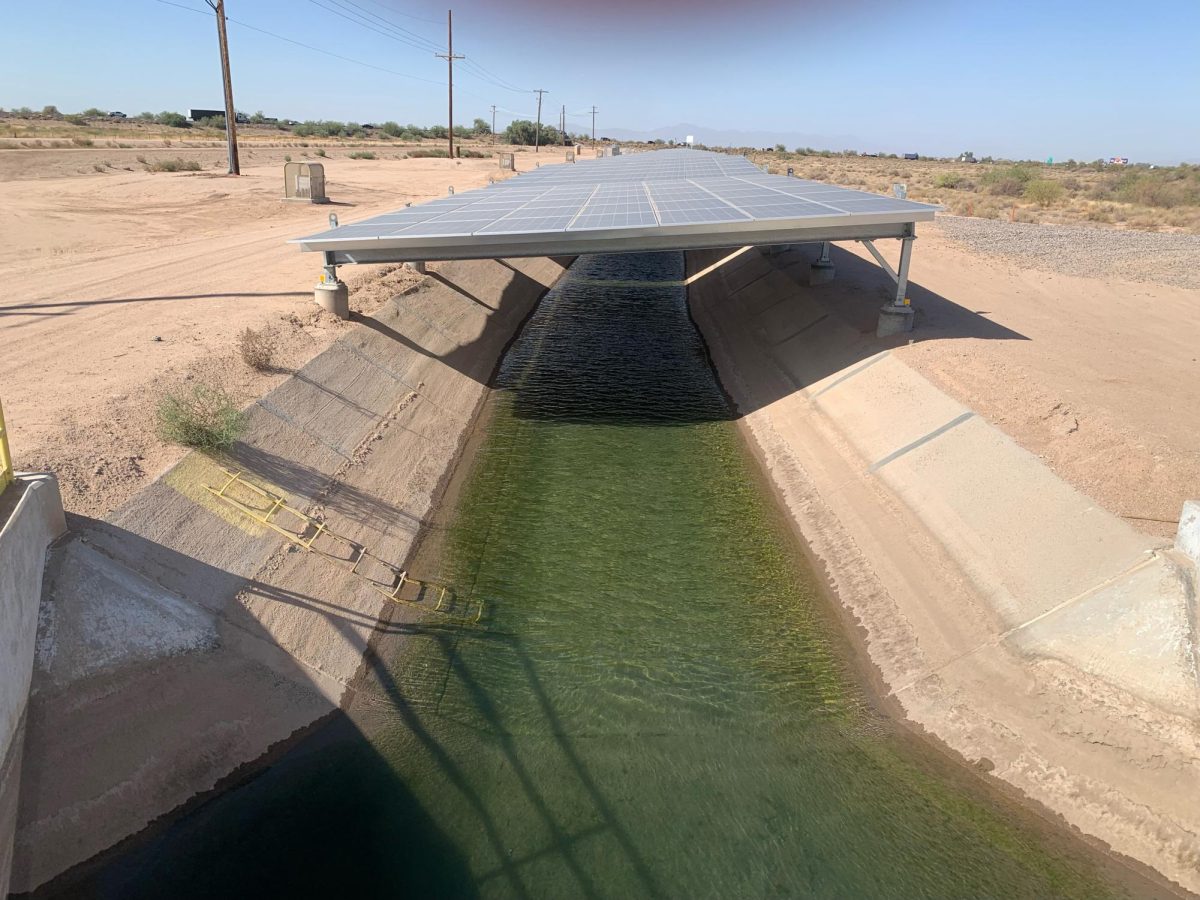
Gila River Indian Community: Desert Agriculture & Cultural Resilience
In the stark, sun-baked landscape of south-central Arizona, a story of profound resilience unfolds—a narrative woven into the very fabric of the earth and the enduring spirit of its people. The Gila River Indian Community (GRIC), comprised of the Akimel O’odham (River People) and Pee-Posh (Maricopa), stands as a powerful testament to the triumph over historical injustice, the reclamation of ancestral traditions, and the innovative pursuit of self-determination. For millennia, this community thrived by mastering desert agriculture, an intricate dance with scarcity that taught them adaptability and reverence for water. Today, after generations of struggle and dispossession, the Gila River Indian Community is not merely surviving; it is flourishing, cultivating both the land and its vibrant cultural heritage with renewed vigor.
The Akimel O’odham’s connection to the Gila River is as ancient and deep as the river’s course through the desert. Their ancestors, the Hohokam, were engineering marvels, constructing an elaborate network of irrigation canals spanning hundreds of miles by 300 CE—a system so sophisticated it rivaled those of ancient Rome. These canals transformed a harsh desert into fertile fields, yielding abundant harvests of corn, squash, beans, and cotton. The O’odham inherited and maintained this agricultural legacy, their very identity intertwined with the rhythm of the river and the bounty it brought. They were, truly, the River People, their existence predicated on a harmonious relationship with their environment and a profound understanding of desert ecology.
However, the arrival of Euro-American settlers in the mid-19th century brought an era of profound disruption and devastation. With the advent of modern irrigation technologies and an insatiable demand for water in the burgeoning Arizona Territory, non-Native farmers upstream began diverting the Gila River’s flow. By the late 19th century, the Gila River, the lifeblood of the Akimel O’odham, had been reduced to a trickle, then to a dry bed for much of the year. The consequences were catastrophic. A people who had fed themselves for centuries were plunged into poverty, famine, and despair. Their intricate agricultural system collapsed, their traditional way of life was shattered, and their cultural practices, deeply tied to the land and water, withered under the harsh new reality. This period represents one of the most egregious examples of water injustice in American history, a deliberate act of environmental racism that dispossessed a thriving people of their most fundamental resource.
Yet, even in the face of such adversity, the spirit of the Akimel O’odham and Pee-Posh refused to be extinguished. The fight for their water rights became a multi-generational struggle, a relentless pursuit of justice that would span more than a century. Tribal leaders and legal advocates tirelessly petitioned, litigated, and lobbied, demanding recognition of their aboriginal rights to the Gila River. This arduous journey culminated in a landmark achievement: the Gila River Indian Community Water Rights Settlement Act of 2004. This historic legislation, one of the largest and most comprehensive Indian water rights settlements in U.S. history, formally recognized the Community’s rights to a substantial annual allocation of water from the Gila River and the Central Arizona Project (CAP).
With the return of their water, the desert began to bloom anew, both literally and figuratively. The settlement provided the essential resource for the revitalization of GRIC’s agricultural economy. The Community established GRIC Farms, a modern, large-scale commercial farming operation that now cultivates thousands of acres. These fields produce a diverse array of crops, including cotton, alfalfa, durum wheat, and various vegetables, utilizing state-of-the-art irrigation techniques to ensure efficiency and sustainability. GRIC Farms not only provides significant economic benefits and employment opportunities for tribal members but also reestablishes the Community as a major agricultural producer in Arizona, a powerful echo of their ancestral prowess.

Beyond the vast commercial fields, a quieter, yet profoundly significant, agricultural renaissance is taking root—one focused on cultural reclamation and food sovereignty. The Community, in partnership with organizations like Native Seeds/SEARCH, has embarked on an ambitious journey to reintroduce and cultivate traditional crops that were nearly lost during the generations of water scarcity. Heirloom varieties of tepary beans, O’odham squash, corn, and melons are being grown in community gardens and smaller plots, not just for sustenance but as living links to their heritage. This isn’t just farming; it’s an act of cultural preservation, a reassertion of food sovereignty, and a tangible way to teach younger generations about their ancestors’ ingenuity and the sacred connection to the land. As one tribal elder noted, "When we plant these seeds, we plant our history. We taste our past, and we build our future."
The story of the Gila River Indian Community is not solely about water and agriculture; it is fundamentally about the indomitable spirit of cultural resilience. The restoration of water rights provided a critical foundation, but the Community’s commitment to preserving and revitalizing its unique heritage runs much deeper. Language preservation is a cornerstone of this effort. The O’odham language, once threatened, is now being taught to younger generations through immersion programs, language camps, and educational initiatives. These programs recognize that language is not merely a tool for communication but a vessel for cultural knowledge, traditional stories, and a distinct worldview.
Traditional arts and crafts also thrive within the Community. Master weavers continue the intricate art of O’odham basketry, creating exquisite pieces from devil’s claw and willow, each pattern telling a story passed down through generations. Potters shape clay into utilitarian and ceremonial vessels, echoing the craftsmanship of their Hohokam forebears. Traditional songs, dances, and ceremonies, many of which are tied to the agricultural cycle and the natural world, are being revived and celebrated, strengthening communal bonds and reinforcing cultural identity. These practices are not mere relics of the past; they are living traditions, adapting and evolving while maintaining their core spiritual significance.
Economic diversification has also played a crucial role in GRIC’s modern success. Leveraging its sovereign status, the Community has developed a robust economic portfolio that includes gaming resorts (Gila River Resorts & Casinos), industrial parks, and commercial enterprises. The revenue generated from these ventures is strategically reinvested into the Community, funding essential services such as healthcare, education, housing, and infrastructure development. This self-generated wealth allows GRIC to address the needs of its members, provide opportunities, and chart its own course for the future, demonstrating true self-determination in action. This approach ensures that economic growth directly supports the well-being and cultural aspirations of the Gila River Indian Community, creating a virtuous cycle where prosperity strengthens resilience.
However, the journey is far from over. The specter of climate change and continued drought in the American Southwest presents ongoing challenges to water management and agricultural sustainability. The Community remains vigilant, employing innovative conservation techniques and advocating for responsible water policies. Balancing rapid economic development with the preservation of traditional values and the protection of sacred sites is another delicate act. Yet, the Gila River Indian Community approaches these challenges with the same wisdom, foresight, and resilience that have defined them for millennia.
The Gila River Indian Community stands as a powerful beacon of hope and a model for indigenous self-determination worldwide. From the ashes of dispossession and cultural assault, they have reclaimed their heritage, revitalized their lands, and forged a path toward a prosperous future rooted in their unique identity. Their story is a living testament to the power of community, the enduring strength of cultural traditions, and the profound truth that, with justice and unwavering resolve, even a desert can bloom anew. They are not just cultivating crops; they are cultivating resilience, a vibrant testament to the enduring spirit of the Akimel O’odham and Pee-Posh.
